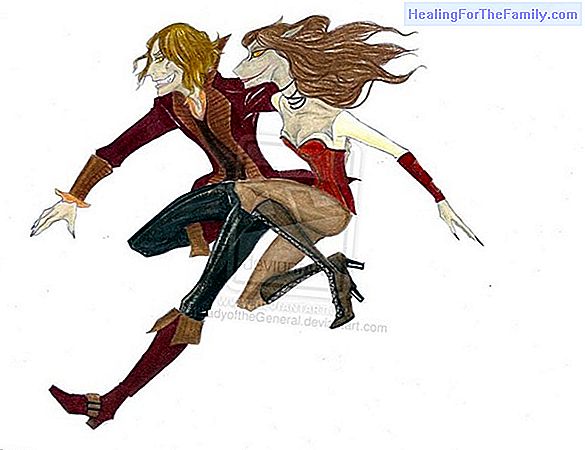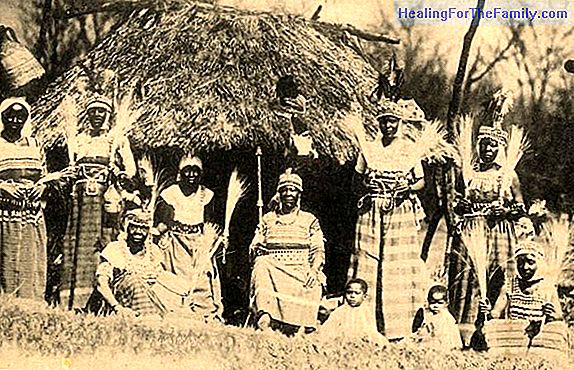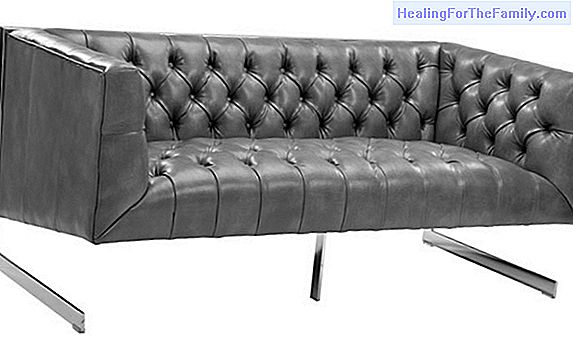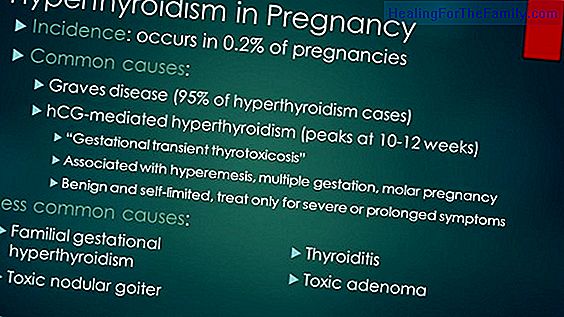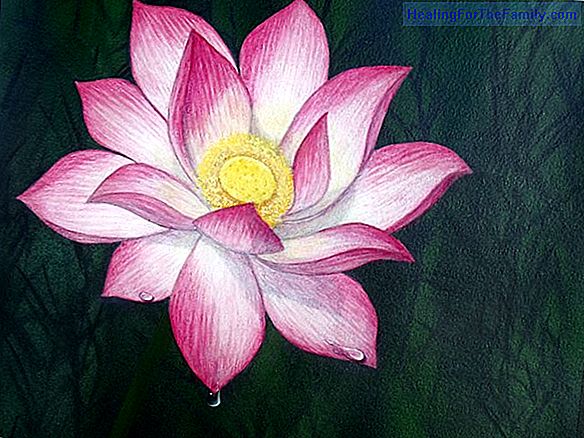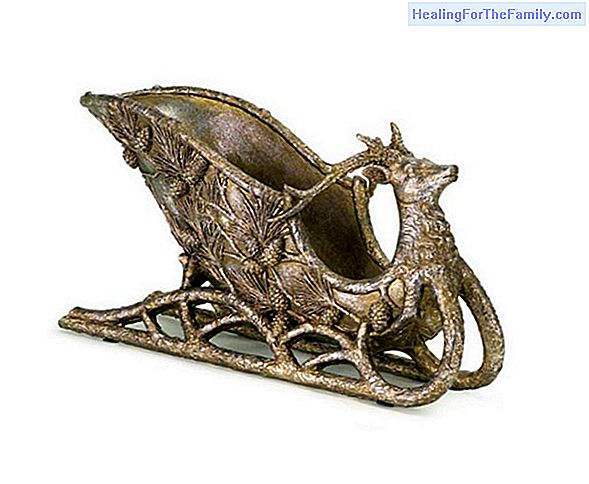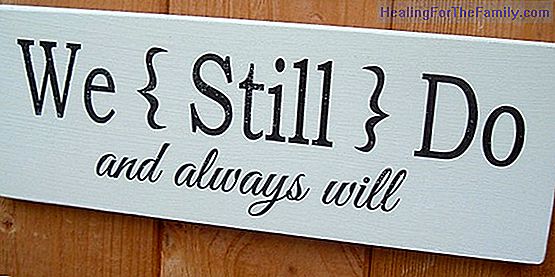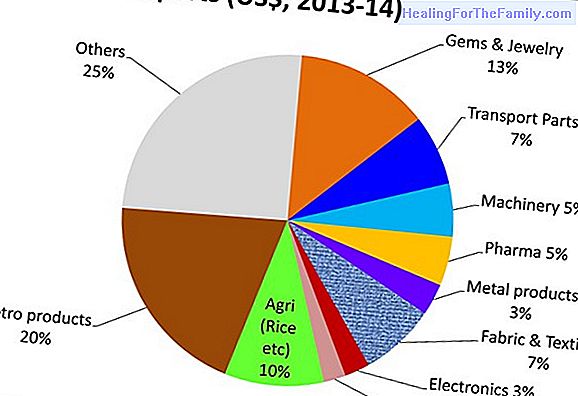Cure burn injuries to children, step by step
Mild burns are part of domestic accidents and are caused by contact, when children are attracted to the light and color of a heat source. Vega Orozco, Red Cross First Aid Expert , teaches parents how we should treat the healing of a child's burn at home, step by step . In this way, we will be able t
Mild burns are part of domestic accidents and are caused by contact, when children are attracted to the light and color of a heat source.
Vega Orozco, Red Cross First Aid Expert, teaches parents how we should treat the healing of a child's burn at home, step by step . In this way, we will be able to give our child an initial first aid with the assurance of doing it as well as possible.How to cure a burn to children, step by step?
Is the first step in curing a burn with a jet of water?
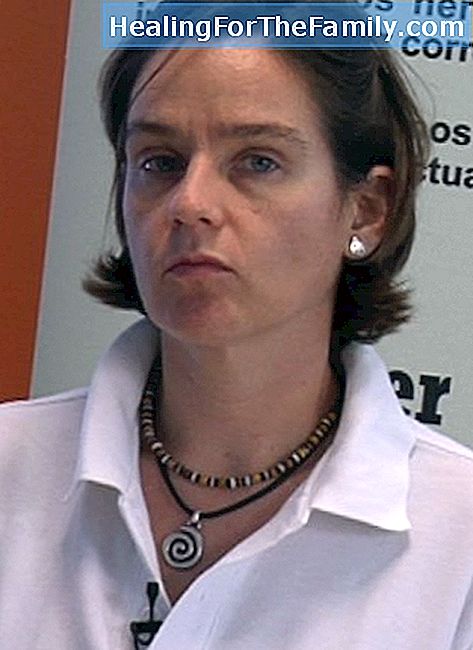
Generally, yes, but where we can not squirt water is in burns with gasoline because it is not water-soluble and then we extend it more. If you burn with bleach, which does not emit fire, when washing the burn the bleach is removed and, therefore, the abrasive agent. With gasoline burning it happens that, if I throw water, gasoline will not only float but it will spread, and we will cause the burn to get bigger.
It is the only case where jet water should not be used.The most common burns from liquids are usually from oil that jumps; or by solids, the hand that puts the child on the glass ceramic or the gas stove. Catalytic stoves also attract children a lot and are a source of burns, because they like light and are attracted to the color of fire. The cherry color of coal also like them and they tend to touch the embers. For all these burns, the first thing to do is to cool them under the cold water jet, without using ice water or ice because the intense cold also burns.
How to cure a first-degree burn to a child, step by step?
The most common burns in children occur in the extremities, especially in the arms. The scalds on the arms and face, because it is the height at which the kitchen is left to children, are dangerous, so we must be careful in the kitchen and close it to avoid accidents. Of the three types of burns, the first degree is the simplest and is characterized by the typical erythema, which presents the reddish and shiny surface. First, we must cool the burn with water jet,
never putting ice directly on a burn because what we are going to do is burn even more that area , because the ice directly burns. We let it be under the water jet for a while and, in case we do not have running water, we fill a basin with fresh water, we deposit the burned area inside and every time we change the water to lower the temperature.Once the temperature has dropped, it is necessary to hydrate the first degree burns, erythemas, reddish areas, above all, sunburn or if you have placed your hand on the glass ceramic and we have managed to remove your hand in time. Hydrating with an after-sun or hypoallergenic moisturizer is enough.
If it is well taken care of, in a week it will be cured .What kind of cure needs a second degree burn in children?
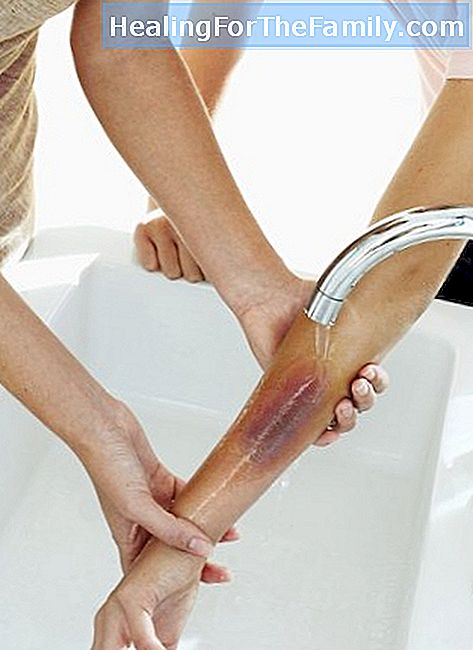
In the second phase,
when we have not managed to remove the hand in time and our son already has blisters , usually in the hand, which is what they most easily put, the most immediate thing is to cool the area. With fingers that present the typical blisters or flictenas we will take special care to exploit them under no circumstances, because we would open a door to the infection by turning the blister into a wound. To cure second degree burns, we repeat the same process: we are going to cool the area with jet water, making sure that it does not fall directly on the blisters in order to not explode them. Next, we will treat the burn or blisters as a wound. A cleaning, disinfection and covering.In the case that the burn has occurred in a child under 5 years old it is interesting or quite important that
look at some practitioner . We're talking about second-degree, superficial burns. If in addition to the blisters, we see a brown surface as waxy, it could be a second degree burn, but deeper, which requires healthcare to perform a deeper cleaning.What to do to treat a more serious or third-degree burn?
If in addition to the waxy surface, we see a larger surface of brown, even black, we are facing a third-degree burn. Immediately call for emergencies and transfer the child to a hospital center. One thing we have to keep in mind is where our son has been burned.
Curing a burn on the hand is not the same as on the face.
A wound on the face carries more risk . It can compromise the airways and, therefore, the breathing of our child. The moment we see a burn on the face, we must move the child to a medical center, especially if they are of the second degree. Also, if these burns have occurred in a fire, the child must be moved because there could be a risk of internal burns.


